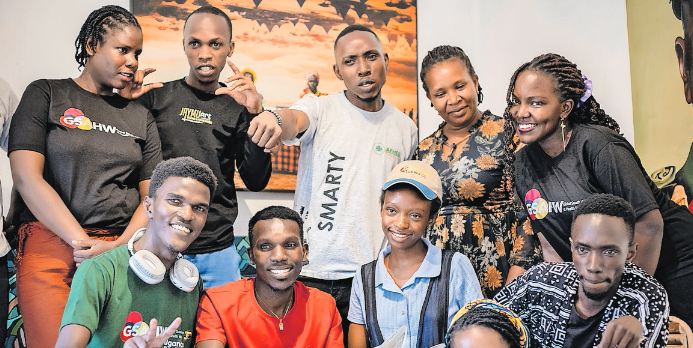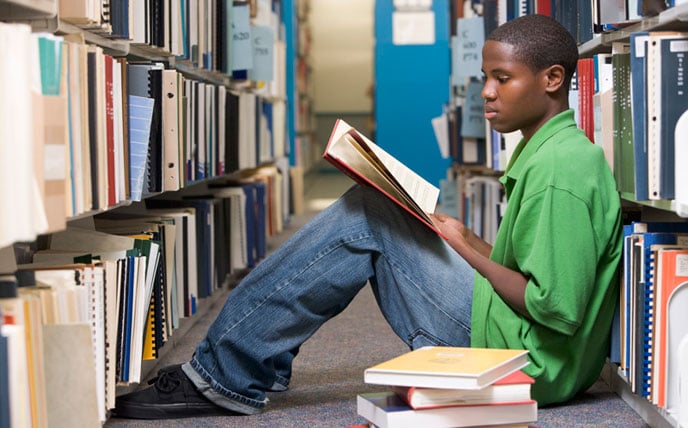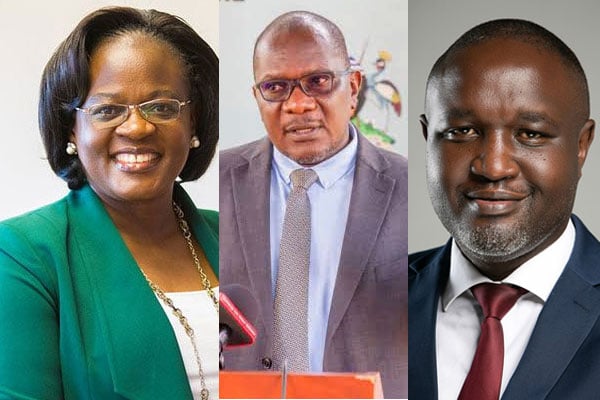Prime
Art therapy: A powerful tool for mental and physical healing

Nigerian songstress Yemi Alade is Spotify Equal Africa’s Artiste for September. PHOTO/Courtesy of Spotify
What you need to know:
- Art helps people connect. This makes it crucial for public and mental health.
Picture this: a number of elderly ladies are brought together to talk about life. They are happily discussing this and that, with abandon. All the while, their nails are being polished. The atmosphere is convivial, a sunburst of enthusiasm sweeps over the elderly ladies. Their nails, when fully polished, look good. In fact, they look positively regal.
The ladies, satisfied, needed this interaction. It had been a long time since they had somebody to talk to. Now, they have made new friends. All this was thanks to Kiggundu Arts Studio, putting together an arts event whose focus was using nail polishing to enhance the mental wellbeing of elderly ladies in the community.
Nail polish (also known as nail varnish in British English or nail enamel) is a lacquer that can be applied to the human fingernails or toenails to decorate and protect the nail plates. The salon-worthy manicure session at Kiggundu Arts Studio uplifted the spirits of the mentioned elderly ladies in a singularly productive manner. It helped them create human connections through conversation and art.
Naomi Torres-Mackie, PhD, a clinical psychologist at Lenox Hill Hospital, notes how important this is.
“As human beings, we thrive in connection with others, not just on a psychological level but on a physiological level. Whether or not you’re an extrovert or an introvert or fall right in the middle, human connection is important. If you are someone who is more introverted, it may make reaching out and connecting a little bit more uncomfortable and that can serve as a roadblock,” she says.
Health week
Art helps people connect. This makes it crucial for public and mental health. This is why the Global South Arts and Health Week (GSAHW) is such an important initiative.
“GSAHW was birthed from the Arts in Medicine Projects-Global Arts in Medicine Fellowship programme, which has hosted an Arts in Health festival twice every year since 2020; A creative health initiative led by an interdisciplinary team of students and professionals from Africa, Asia, the UK, Europe, and America. This programme has impacted more than 10,000 participants from 43 countries across the globe. This includes patients, community members, and healthcare professionals, among others,” Dr Elizabeth Ajalo, communications lead for the Global South Arts and Health Week Uganda Pavilion, says.
Inaugurated in 2023 (physically in Egypt and Hybrid across various Global South countries), Global South Arts and Health Week seeks to collaborate with arts and cultural organisations, academic institutions, public and community health establishments, government agencies, diplomatic missions, local and international organisations, private and public sector, civic societies, NGOs, cultural producers, festival directors, and a team of interdisciplinary students and professionals.
Uganda recently concluded its GSAHW that ran from June 20 to 30.
Several activities were held during the Pavilion week, such as the Dear Us Book launch. In order to have a successful health week, Dr Ajalo says they collaborated with a number of partners for the Pavilion, namely GAIMF (Global Arts In Medicine Fellowship), among many others.
Arts in medicine
The Sustainable Development Goal (SDG) 3, regarding "Good Health and Wellbeing", is one of the 17 SDGs established by the United Nations in 2015. The official wording is: "To ensure healthy lives and promote wellbeing for all at all ages."
The SDG3 focuses on various aspects of a healthy life and lifestyle. Art can be used to enhance one's health. Its healing powers, hewed to an interdisciplinary approach, bring creativity and medicine together.
Art and creativity play a vital role in the healing process for individuals facing mental health challenges. Its therapeutic properties offer uniquely creative ways to express emotions, manage stress, and foster a sense of self-discovery and personal growth, experts agree.
This is the foundation of Art therapy, which is, according to the American Art Therapy Association, “a mental health profession that enriches the lives of individuals, families, and communities through active art-making, creative process, applied psychological theory, and human experience within a psychotherapeutic relationship.”
Dr Ajalo confirms that doctors and hospitals have slowly cottoned onto how individuals struggling with mental health often expressed themselves in drawings and other artworks, boosting their mental wellbeing exponentially. This is why there are murals in some hospitals (notably at Nsambya Hospital) and clinics around Uganda. Art therapy is not alone in improving mental health. There is dance therapy, drama therapy, expressive therapy, music therapy and writing therapy.
Techniques
Art therapy crystallises the creative process by helping people express themselves and, in doing so, explore emotions and thereby cope with stress. There are several techniques used in art therapy in order to achieve this. These include colouring, drawing, finger painting, painting and a host of other visual artistic turns.
Art therapy is fast gaining recognition around the globe for treating mental disorders and psychological distress. It also offers physiological relief in treating cancer and other medical conditions. Indeed, its palliative value cannot be understated.
Mental health in Uganda
There are estimated 53 physiatrists in Uganda. This is wholly insufficient when one considers that one in three Ugandans is struggling with poor mental health, according to a study released by the Health ministry last year.
Although these numbers are intolerably high, mental health remains a topic people do not want to talk about because of the stigmata surrounding it.
Many Ugandans link its prevalence to witchcraft and un-African tendencies defined by emotional restraint, especially for men. They
thus suppress their emotions.
This compounds their mental health challenges. Art therapy unbottles these emotions in a creative way to serve as a safety valve for mental wellness.




